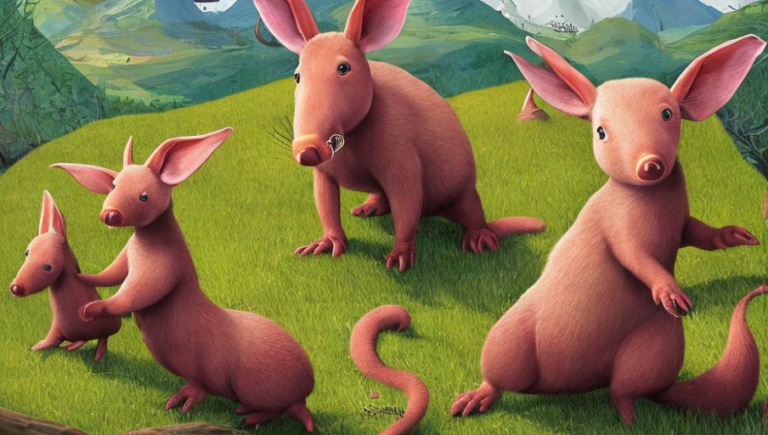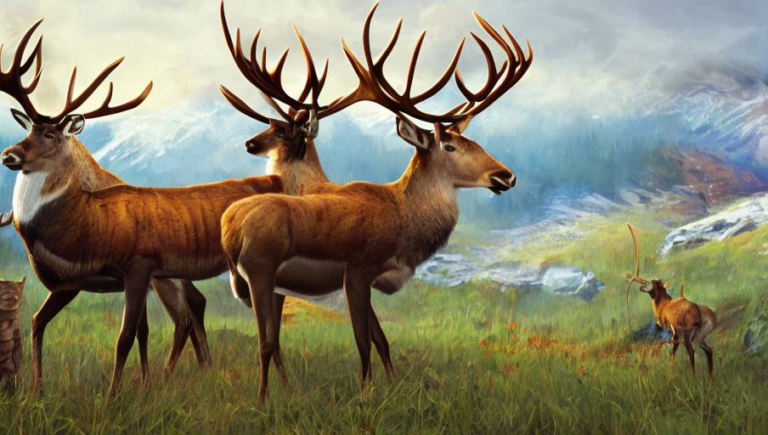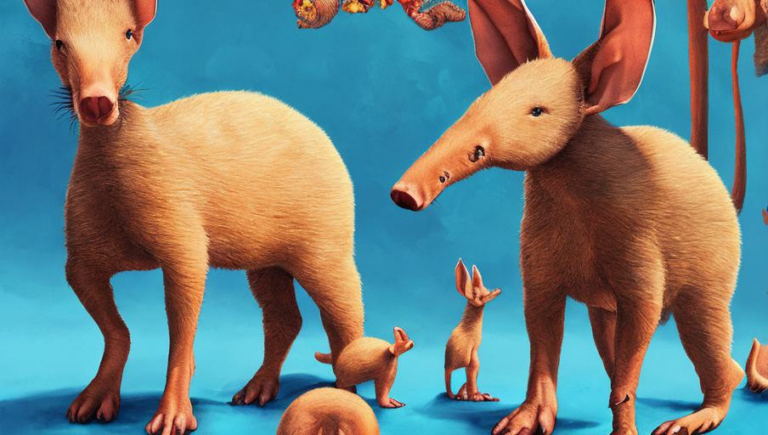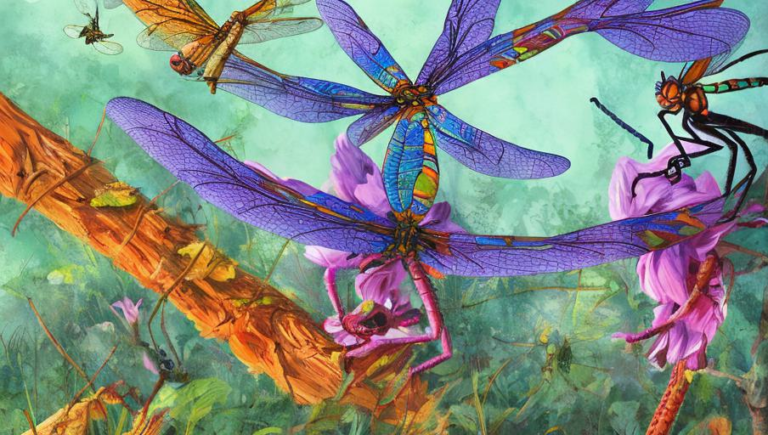Finding Chamois in the Wild
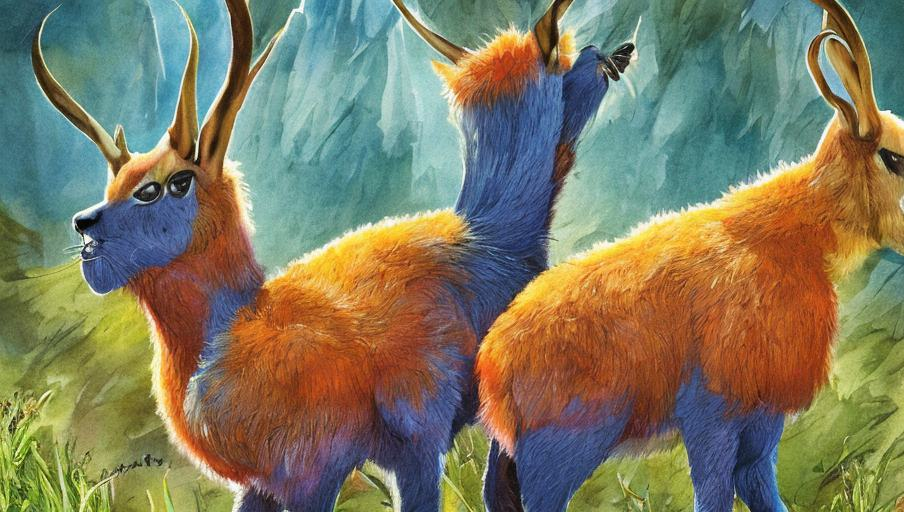
Introduction
The Chamois is an antelope-like mammal found in the mountain forests and regions of some parts of Europe, such as the Alps, Carpathians, and Pyrenees. It is a small, agile animal that is well adapted to the steep, rocky terrain of the mountains. It is an important part of the mountain ecosystem and plays a vital role in the food chain.
Habitat and Diet
The Chamois inhabits mountain ranges up to an altitude of 3000m, where it feeds on grass, herbs, buds, and leaves. It is a strong climber and can scale slopes with ease, using its cloven hooves for grip. It is also an excellent swimmer and can dive into water to escape from predators.
Social Behaviour
The Chamois is a social animal and forms small herds of up to 20 individuals. It is active during the day, and in the evening, the herd will gather together to sleep in a sheltered spot. The Chamois is a very territorial animal and will defend its territory from intruders.
Reproduction
The Chamois breeds in the spring and produces one or two young. The young are born in June and are weaned by the end of summer. The young Chamois remain in the herd until they reach sexual maturity when they are about two years old.
Threats
The Chamois is threatened by habitat destruction, hunting, and predation. As their habitat is being destroyed by human activities such as logging and construction, their numbers are declining. They are also hunted for their meat and fur, and are sometimes killed by predators such as wolves and lynx.
Conservation Efforts
In order to conserve the Chamois, there are several conservation efforts underway. Several national laws have been put in place in some countries to protect the species. There are also some reserves and protected areas where the Chamois can find safe refuge. Additionally, some research is being done to better understand the ecology of the Chamois and the threats it is facing.
Conclusion
The Chamois is a fascinating creature that plays an important role in the mountain ecosystems. Despite the threats it faces, there are conservation efforts underway to protect it. By understanding its ecology and habitat, we can work to protect this species and ensure its survival.
